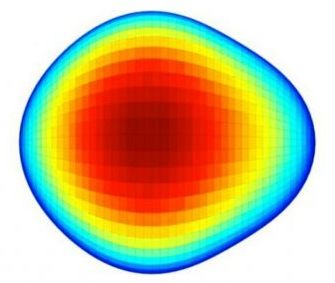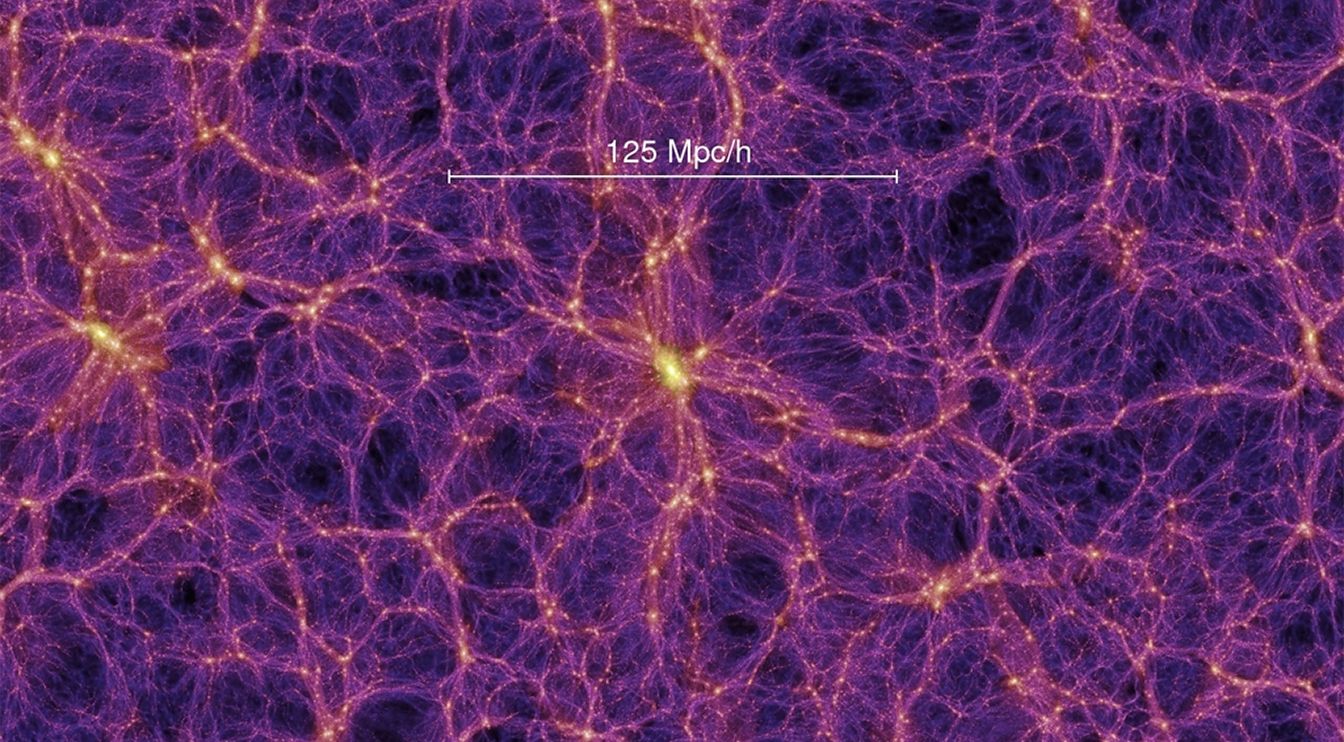Cats are definitely smarter than dogs if this is true. Guess I should change my cat’s name from Dusty to Einstein or maybe Julius.
New research suggests that your cat might actually have a handle on some very basic physics, and can use it to help them hunt down hidden prey.
If the thought of your cat being better than you at physics — as well as being allowed to sleep all day — is getting you down, don’t worry, because we’re talking very simple cause-and-effect concepts here, and they only work when paired with cats’ extraordinary hearing and eyesight.
The research, led by scientists from Kyoto University in Japan, was following on from an earlier study that showed cats could predict whether or not an opaque container would have an object inside, based on whether it rattled or not.








